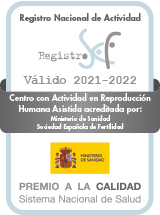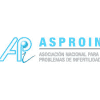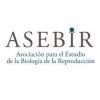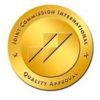
Intracytoplasmic sperm injection (ICSI) is an assisted reproduction technique used in in vitro fertilisation (IVF) treatment by which one sperm is injected directly into an oocyte to fertilise it while improving the patient’s possibilities of becoming pregnant.
When ICSI is indicated
ICSI is mostly used in cases of male infertility caused by low sperm count or motility. This technique is also indicated when the semen sample was vitrified before its use.
The most common signs of male infertility:
- An insufficient number of viable sperm, known medically as oligozoospermia or criptozoospermia
- Severe reduction of sperm motility or no motility at all (asthenozoospermia)
- A high number of abnormally-shaped sperm (teratozoospermia)
- Complete lack of sperm in the ejaculate caused by a testicular obstruction (obstructive azoospermia)
- Complete lack of sperm in the ejaculate caused by a defect in sperm production (secretory azoospermia)
- Retrograde ejaculation (anejaculation)
- Insufficient semen sample: when there is only a small volume of vitrified sample left

Less frequently, this technique is also used in cases of female infertility when there is an insufficient number of eggs or they are of low quality.
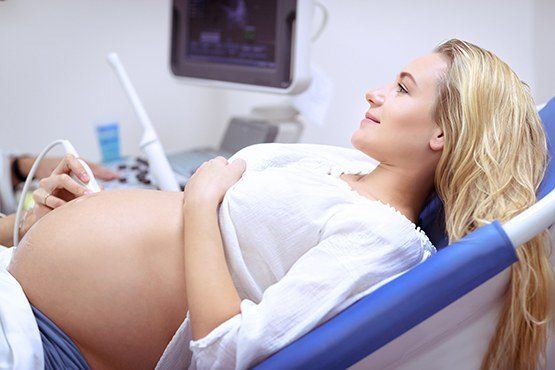
Success factors for pregnancy with ICSI
As is the case of conventional in vitro fertilisation or any other assisted reproduction treatment, there are no absolute guarantees of pregnancy. Some of the factors that can affect the success rates when ICSI is used are DNA fragmentation levels, an advanced maternal age and sperm quality.
How ICSI works
With the ICSI technique, a microscope and micromanipulation tools are used (micromanipulator, microinjector and micropipettes). The mature egg is kept in place with a holding pipette while a gentle suction is carried out with a microinjector. A single sperm is selected with a micropipette.
The egg is perforated and the sperm is release into the egg. Once the process is completed, the egg is placed into a cell culture and put in an incubator, where it remains controlled in order to ensure fertilisation.
OUR TREATMENTS
OR-Ovarian Rejuvenation
It is a revolutionary technique that involves the reactivation of stem cells and the remaining follicles in the ovary.
IA – Artificial Insemination
It is an assisted reproduction technique that will help you get pregnant easily and safely.
IVF – In vitro fertilization
It is the union of the ovum with the sperm in the laboratory, in order to obtain embryos already fertilized to transfer to the maternal uterus and achieve a pregnancy.
Egg Donation
Fertility treatment that consists of performing an In Vitro Fertilization with anonymous donor eggs. If necessary, this egg is fertilized with semen from the partner or another donor.
Genetic diagnosis
It refers specifically to the technique used in the event that one or both parents have a genetic abnormality. The embryo is analyzed to determine if it carries the same genetic abnormality.
ROPA Method
It consists of an In Vitro Fertilization treatment shared between both women, that is, one woman is the donor of the egg, while the other woman is the pregnant woman of the embryo.
Request your free appointment
Official Certificates
National Registry of the Spanish Fertility Society
